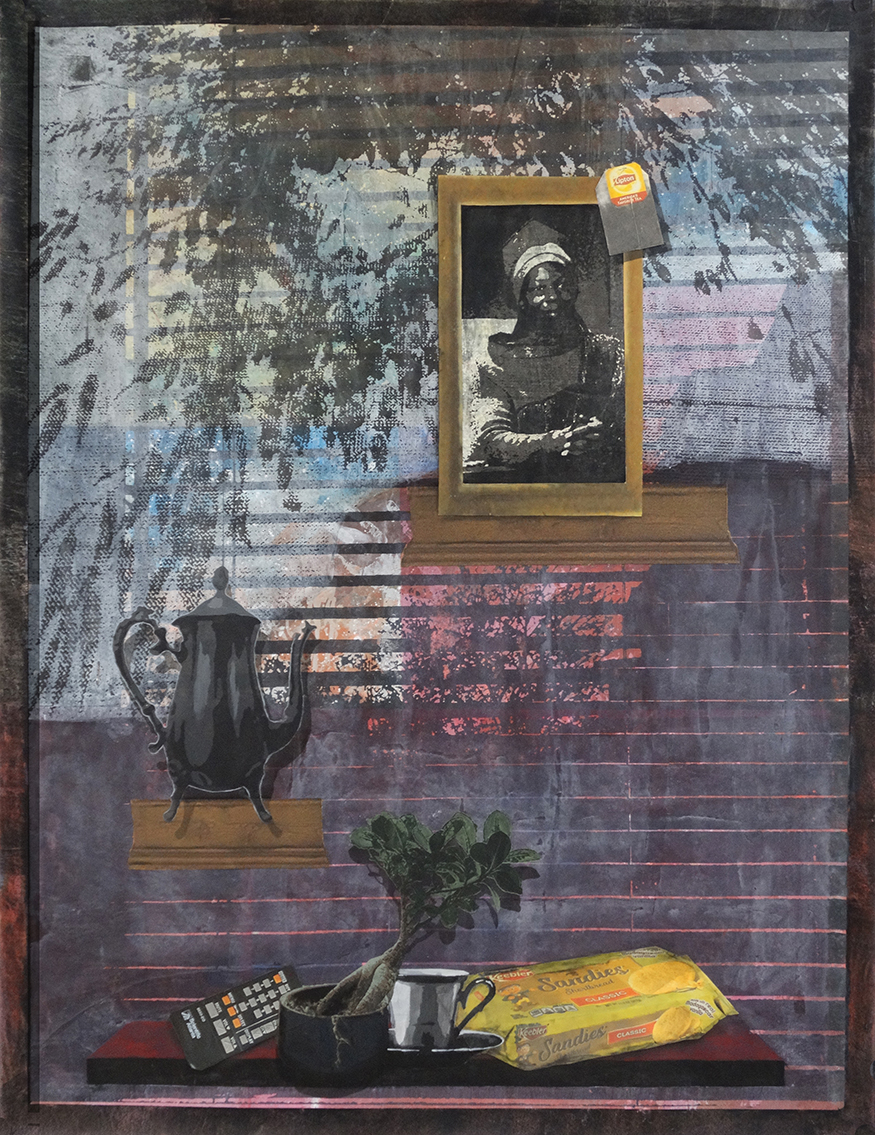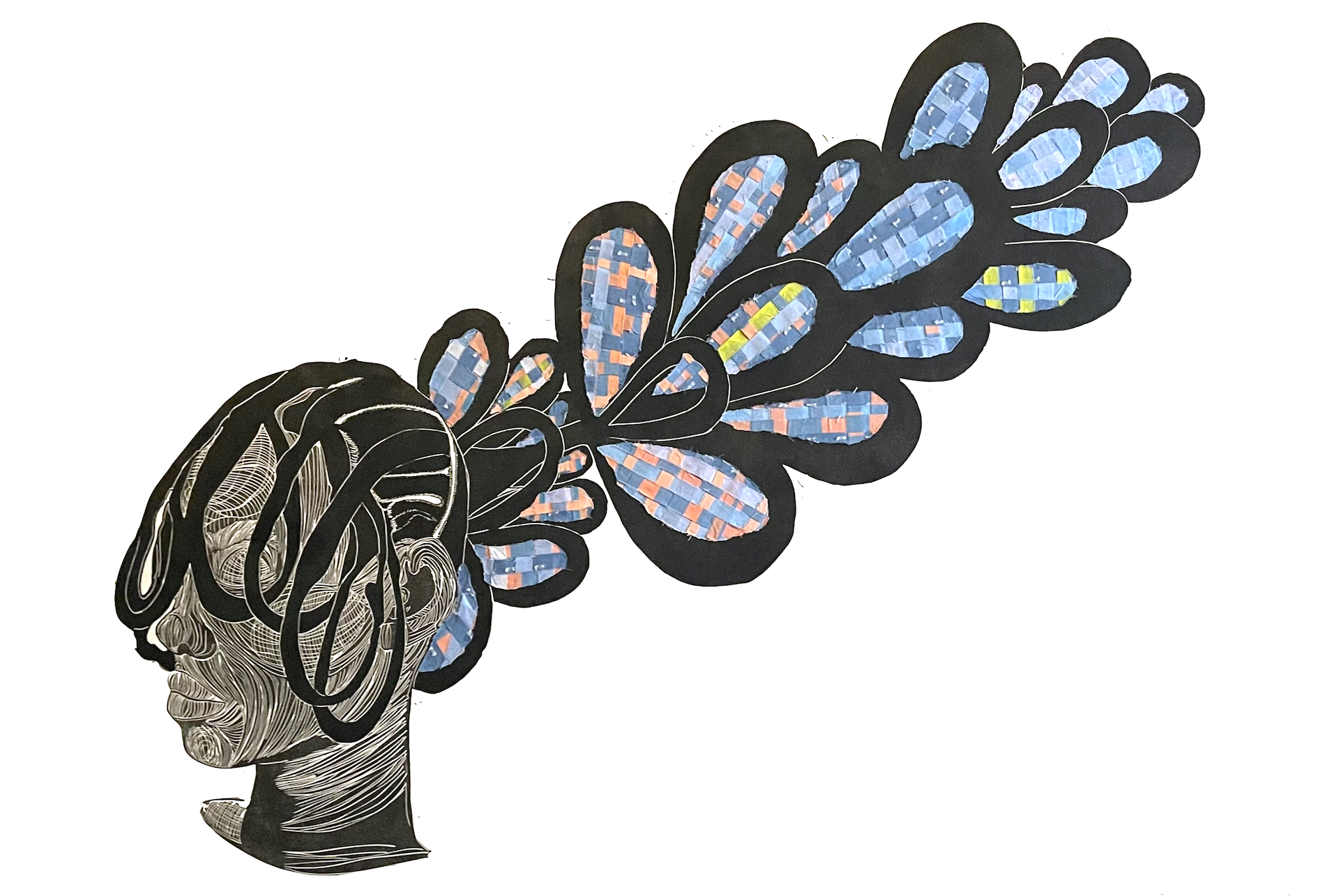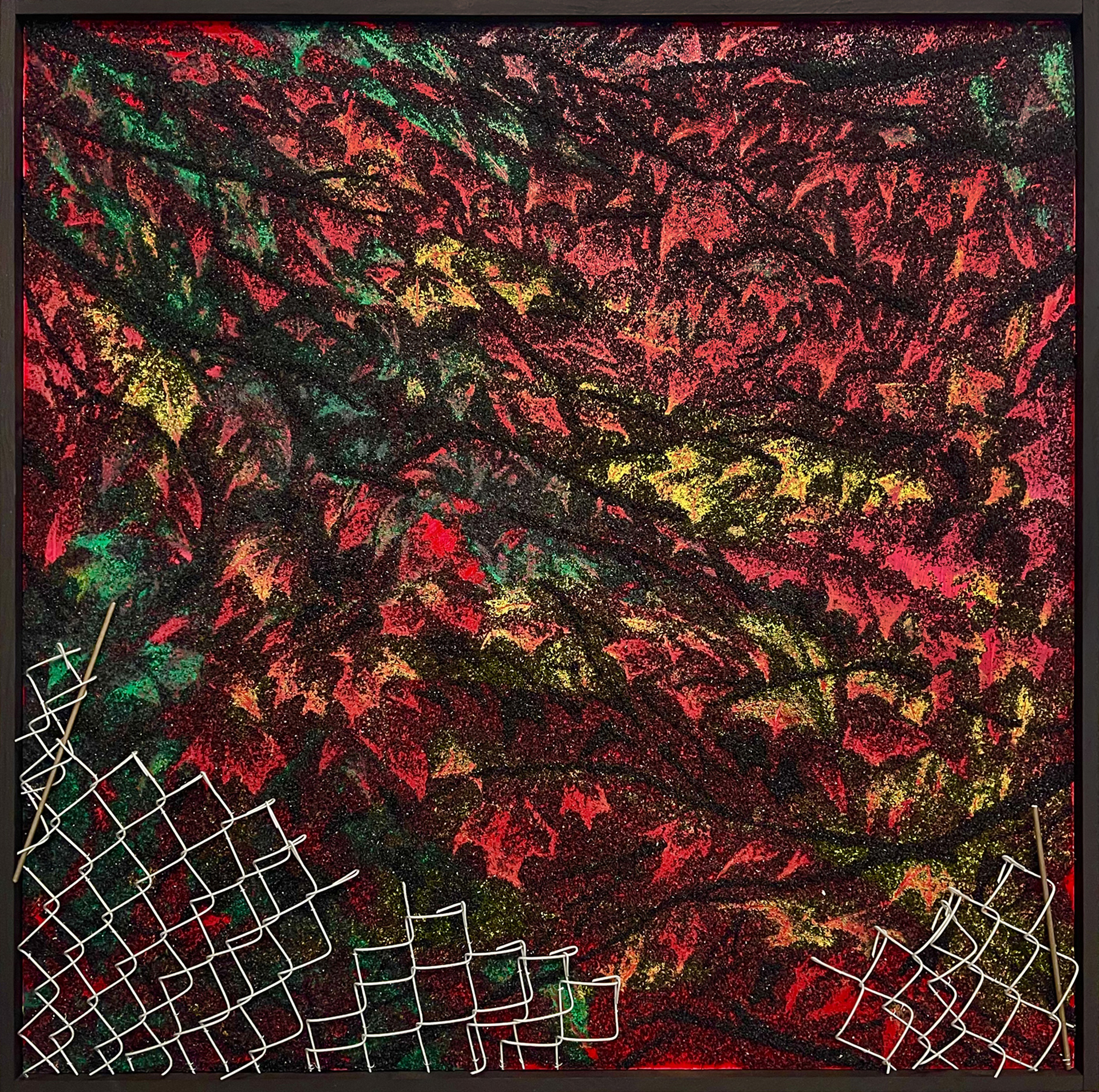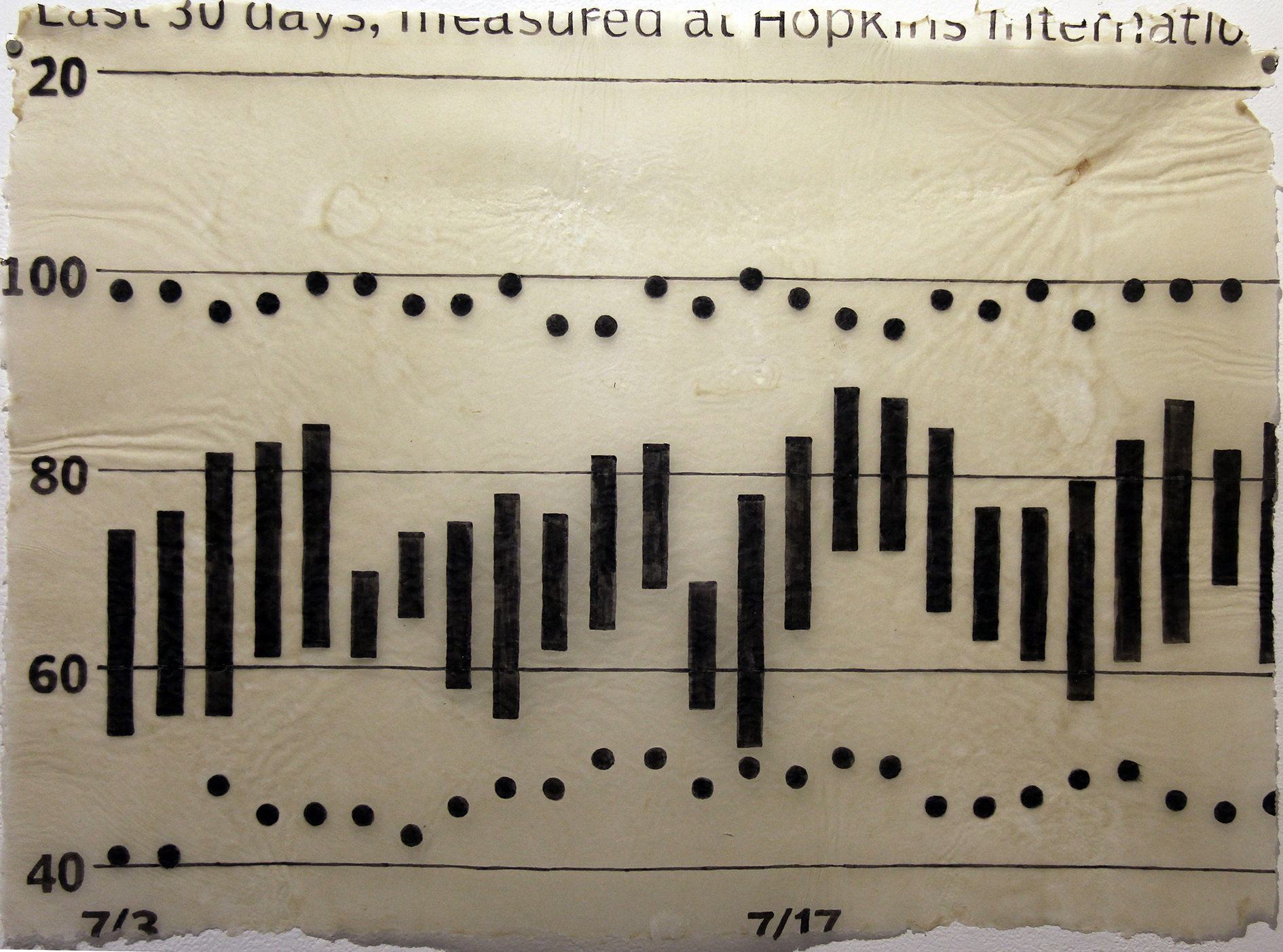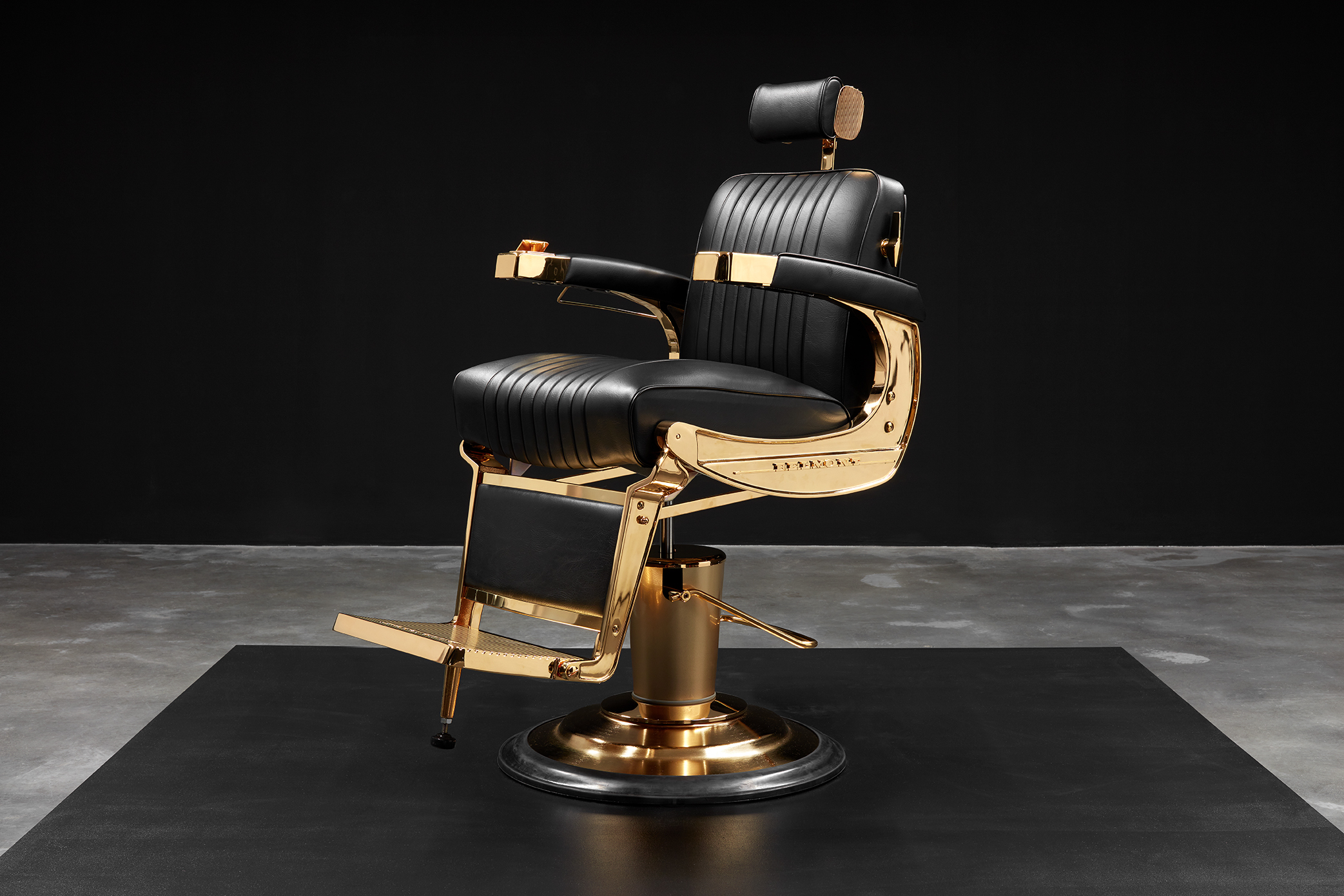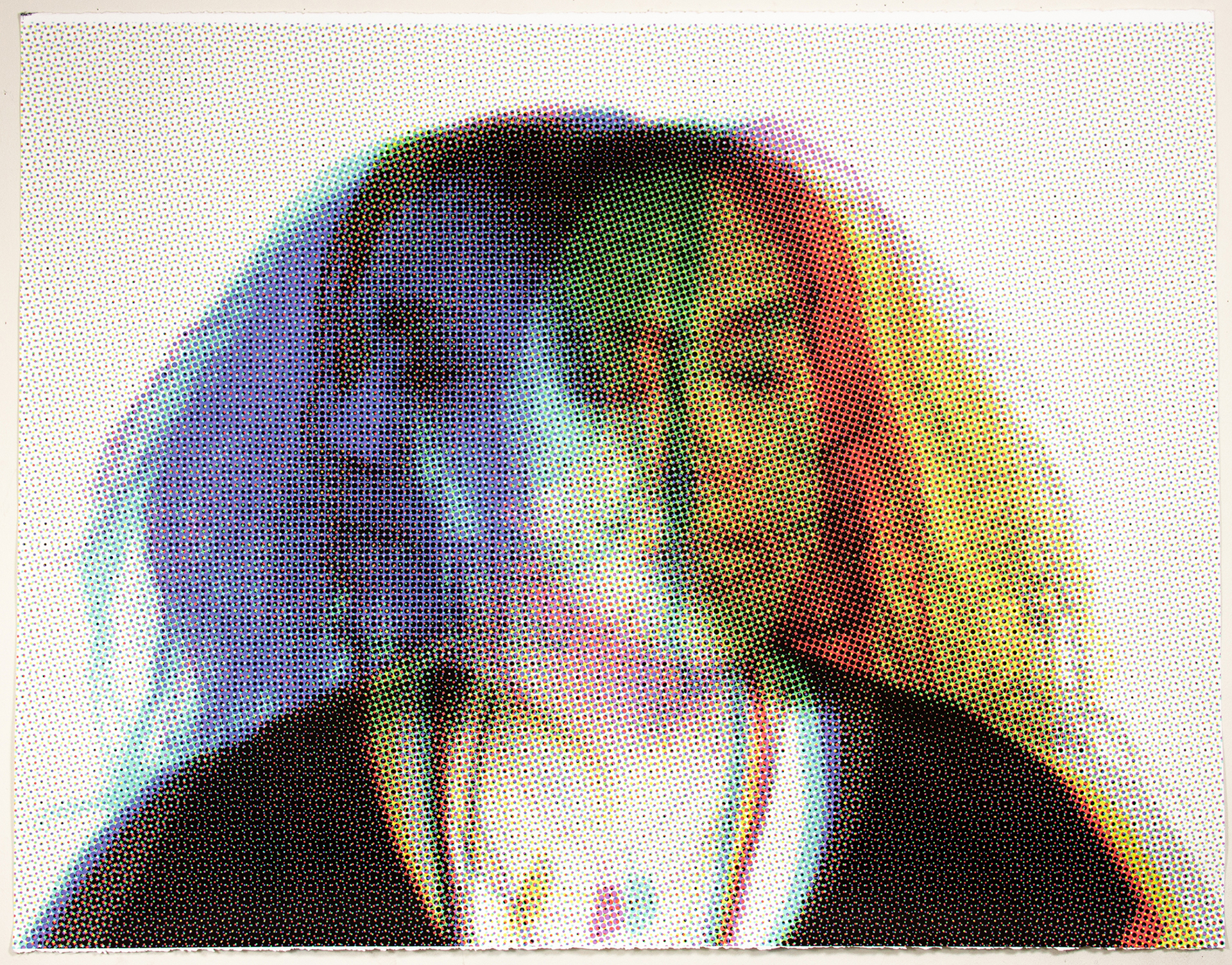Exhibitions
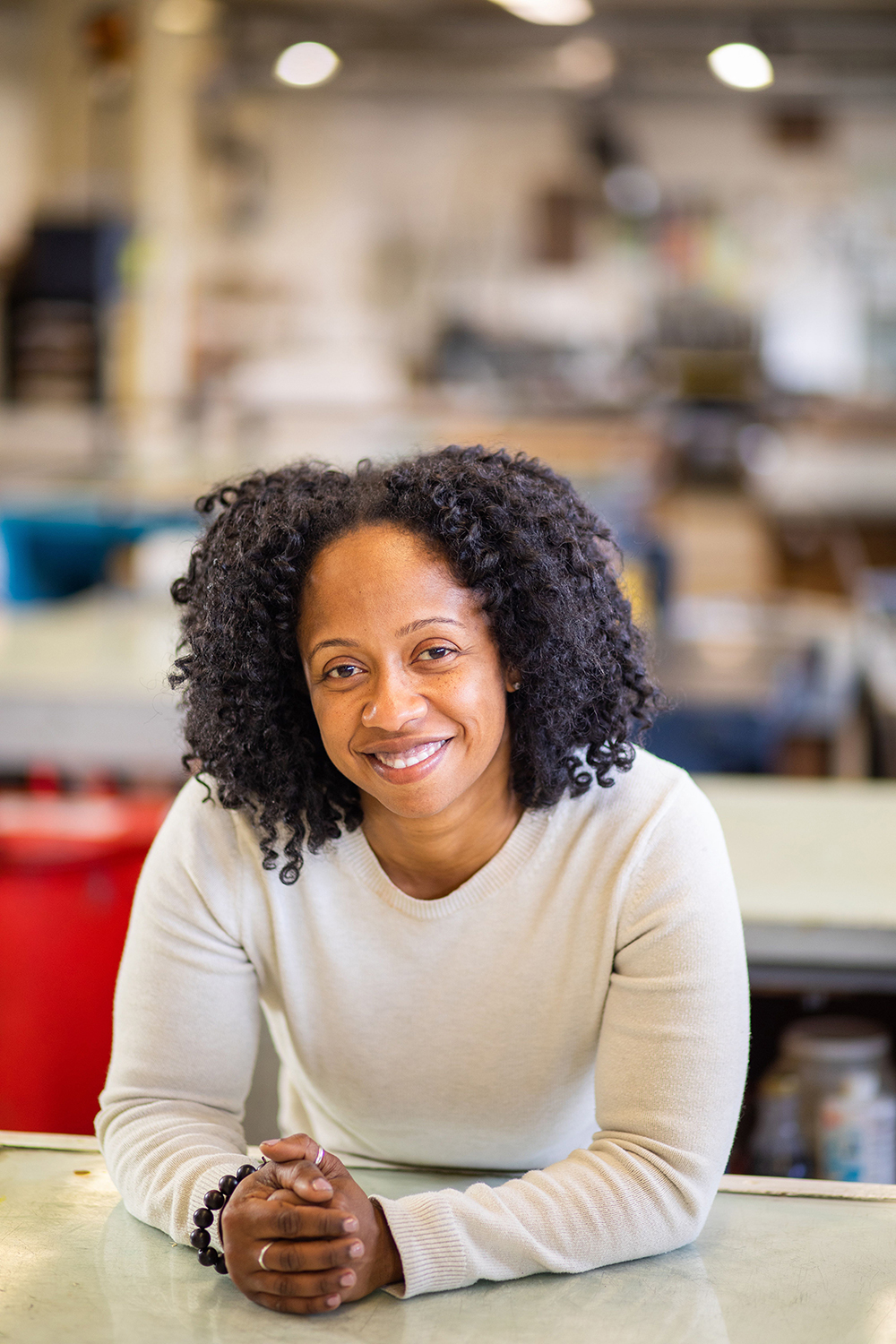
Althea Murphy-Price
Exhibition Statement
It’s my belief that many Black artists are engaged in reenacting aspects of their artistic practice through their lives in ways that might inform self-identity, address a social or political agenda, or serve efforts of building community. I am not prescribing that all Black artists make one type of, but rather want to acknowledge the unseen relationship between the expression of identity and a sense of responsibility to one’s community.
In recent years my personal artistic practice branched when I began voluntarily giving creative workshops for young girls around themes of self-pride and expression in Knoxville, Tennessee. The realization made me look more deeply for evidence of other artist of color with a similar duality in their practice.
The seven artists in this exhibit share the similarities of both their racial background and their artistic practice in printmaking, however, what this exhibit intends to highlight is the unique commonality that these artists share an active engagement with their communities. The purpose of this exhibit is to reveal the extended practices that arise when artists feel a social responsibility to the subject, or motivation that fuels their inspiration. This extended form of parallel practice is evident in varying degrees in the artists included in this exhibit, allowing their work to exist in two modes of making, reflecting both inward and outward.
For many artists in this exhibit, the pandemic was a call to action. The pandemic stirred the need to connect with others for artist Rashaun Rucker. For him this meant reflecting on the traditions of the Southern Black church, his family, and acts of care. He began trying to find personal saints and the “God in people” to help make sense of his surroundings.
The theme of reflection is embodied in artist Mildred Beltre’s series of prints Skin in the Game which contain images of the artist herself. These colorful prints are both visually and conceptually relevant to the collaborative public art project work she has done working with the Brooklyn Hi-Art! Machine (BHAM).
I first discovered the work of jina valentine through the Black Lunch Table series. A curious concept, gathering individuals around a table to collaborate, and commiserate. Her work acknowledges that there are circles of communication and the advantages to being in the right circles, or “at the table.”
In her recent Aporia: Almanac project, valentine shows data of US cities that have had the highest rates of deadly encounters with police violence among Black men. The statistics and data have been enlarged and then copied onto handmade, flax paper, which, as the artist explains, will “corrode and eat the paper eventually.”
Tanekeya Word has sought to expand her representation in the art world. As a founder of Black Women of Print, Word recognized the need to see more Black women printmakers in the canon of printmaking’s history. In her efforts to unite these women, she has also created a community for herself. With a background in arts management and completing her dissertation in urban education at the University of Wisconsin Milwaukee, Word is actively shaping the contemporary fine art print field.
Artists Tyanna Buie, Faisal Abdu’Allah, and Aaron Coleman exist in many facets that use printmaking and print’s extended practice into multiple avenues including installation, mixed media, photography, and performance. In addition to making her monumental-size screenprints, Tyanna Buie’s video compositions are an orchestration of videos from pop culture’s history that compose natives of a more introspective perspective. Offering encouragement, and insight these videos are at once humorous, and inspiring, sharing the unique a poignant voice of the Black women’s perspective. Dr. Faisal Abdu’Allah’s visual expression whether by print, photography, or woven tapestry, originate from the sanctity of the barbershop which he experienced as a child. He now shares this experience as a barber with this audience. I’ve always enjoyed the complex use of methods, material, and messages in the work of Aaron Coleman. His recent installations, prints, and sculptures have shared his extended practice of recontextualizing seemingly mundane artifacts and relics to discuss the history of racial discrimination in our country.
This exhibit reveals not just the multiplicity of the printmaking practice, but the research and efforts behind artistic practices that often go unseen. It celebrates when our creative pursuits are big enough to exist off the page and become shared experiences, opportunities to educate, and expand resources that service our communities.


